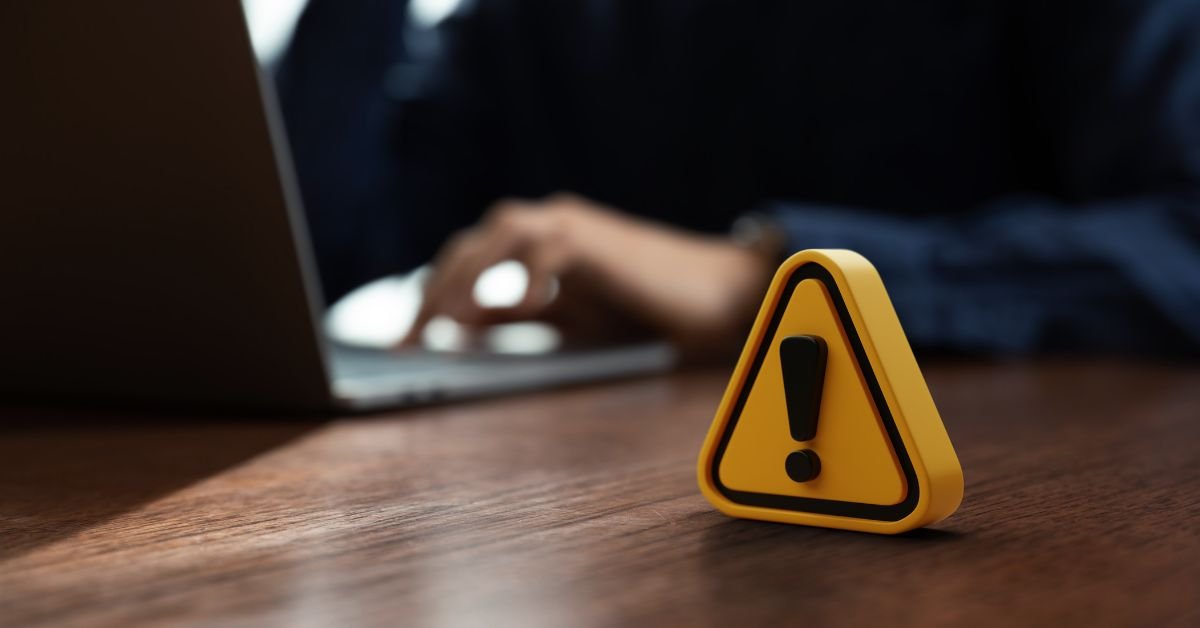Can Someone Spoof My Email Address

Introduction
Yes, your email address can easily be spoofed as it does not involve hacking of accounts. The attacker simply forges your address without even accessing the account. Over the years, scammers have become very inventive to swindle you out of money and security. They have pretended to be everything from the people you know and now they are taking a step forward, that is, sending emails from you.
What is Email Spoofing
Cybercriminals used a deceptive technique to forge the “From” address in emails. This makes the email appear to be coming from an authentic source. The lack of authentication is exploited in SMTP which is the fundamental system for sending mail.
Prevention
Email spoofing does not require any access to the spoofed email accounts but user vigilance and robust authentication protocols can significantly mitigate the impacts.
Purposes of Spoofing
To trick recipients into giving personal information.
To distribute unsolicited emails while hiding the identity.
Attaching malicious files to inject malware.
To impersonate individuals.
Are There Any Ways to Prevent Spoofing
Unfortunately, there is no foolproof way to prevent someone from spoofing your mail address; however, the following ways can reduce the impacts.
Enable Email Authenticator
These email protocols help mail services to verify that emails sent from your address are legitimate.
SPF (Sender Policy Framework): Set up an SPF record on your domain’s DNS settings. It ensures that only authorized mail servers can send emails on behalf of your domain.
DKIM (DomainKeys Identified Mail): Configure DKIM keys in the domain’s email service provider settings. It uses digital signatures to ensure email content has not been tampered with.
DMARC (Domain-based Message Authentication, Reporting and Conformance): Publishes a DMARC record in DNS to monitor spoofing attempts and take actions like rejecting or quarantining suspicious emails. It works with the above-mentioned tools and tells how to handle emails that fail authentication checks.
Use A Secure Email Provider
Choosing an email provider that supports advanced security features such as Gamil and Protonmail and offers anti-spoofing tools can help you maintain the security of your address.
Monitor Email Activity
Regularly looking for bounce-back emails from unknown recipients, which may indicate spoofing activity, and checking DMRAC reports for signs of unauthorized attempts to send emails allow you to stay aware of any potential threat and spoofing.
Communicate With Your Contacts
Advise your contacts to verify any suspicious messages from you and contact you directly. If you observe any possibility of spoofing inform your contacts.
Protect Your Email Account
Although spoofing does not involve direct access to your account, securing the account prevents additional risks.
Avoid sharing email addresses unless necessary.
Using a strong, unique password and enable 2FA.
Secure Domain
If you own a domain and use it for professional use, particularly, make sure that the DNS records are properly configured with SPF, DKIM, and DMARC. If you neglect these settings, your domain will become an easier target for spoofing
Educate Yourself and Your Contacts
Train yourself and your contacts to recognize spoofed emails by checking the actual sender’s email address, the presence of grammar errors or fake urgency, and suspicious links or attachments. Moreover, use tools to verify sender authenticity.
Report Spoofing Incidents
Adding a password or PIN alongside biometric verification enhances security. Though it may seem redundant, having a secondary authentication factor can protect you if your biometric data is compromised. MFA adds an extra barrier, ensuring that even if someone gains access to your biometric data, they still need an additional credential to proceed.
Keep Security Software Up-to-Date
If someone has reported receiving spoofed emails from your address, notify your email service provider immediately. Also, suggest that recipients mark such emails as spam to help filter future attempts.
Use an Email Signing Certificate
To verify the authenticity of your emails, sign them digitally by implementing S/MIME (Secure/Multipurpose Internet Mail Extension) certificates.
Avoid Unprotected Networks
Avoid using public Wi-Fi for email communication without a VPN, as it can expose your activities and make your account an easy target for hackers.
By implementing these measures, you can significantly reduce the chances of your email being spoofed and minimize the potential harm to you and your contacts.
